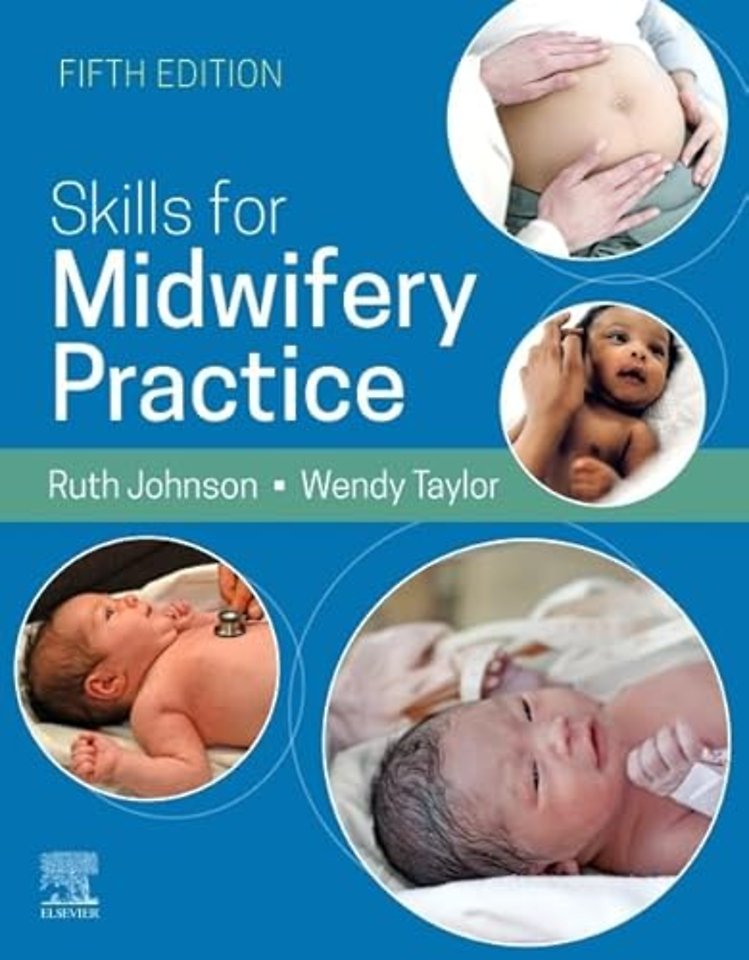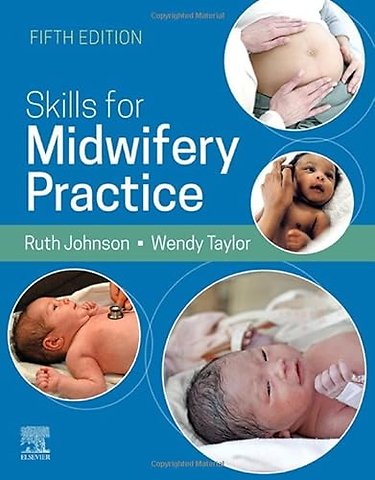Skills for Midwifery Practice
Samenvatting
Skills for Midwifery Practice is the go-to book for all midwifery students who need to learn what to do in a range of situations, how to perform a skill, and why they need to do it in a certain way.
Written by midwifery educators Ruth Johnson and Wendy Taylor, the book makes learning easy with background information, learning outcomes, helpful diagrams and lists to represent the skill flow. It explains the underlying physiology associated with pregnancy and childbirth, and clearly defines the nature and extent of current practice.
This version is fully updated and referenced throughout to provide a detailed evidence base to support learning and further study. It is ideal for midwives in training, qualified midwives returning to practice, as well as other members of the obstetric healthcare team.Clear and logical – easy to follow and understand for training midwivesAccurate, up-to-date evidence base that is relevant to contemporary midwifery practiceEach skill contextualized with background, indications and contraindications to support both clinical practice and studyLearning objectives and end-of-chapter self-assessment exercises allow readers to monitor their progressNew to this edition Latest guidelines and standardsNew information on resuscitation and other emergenciesNow in full color throughoutExpanded chapter on the use of standard precautions in light of the global pandemicDeveloped discussion of alternative feeding methodsLatest guidelines and standardsNew information on resuscitation and other emergenciesNow in full color throughoutExpanded chapter on the use of standard precautions in light of the global pandemicDeveloped discussion of alternative feeding methods

